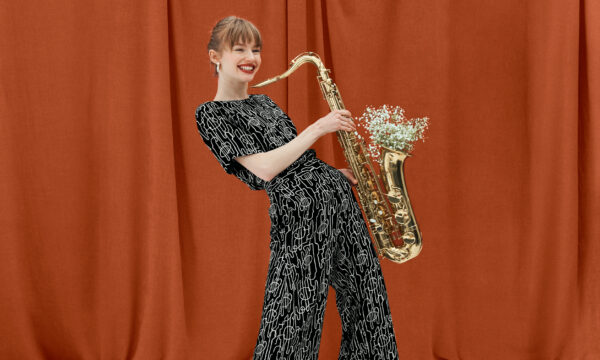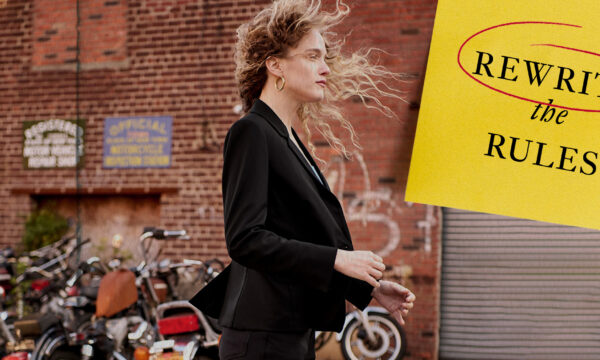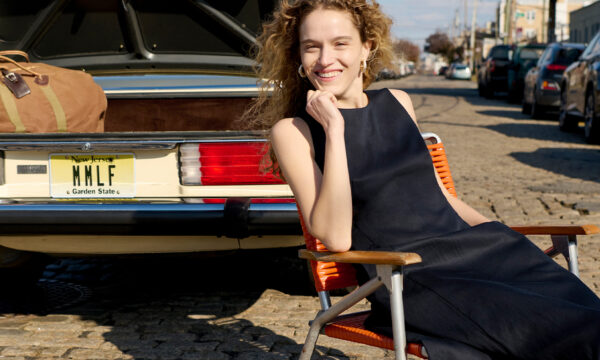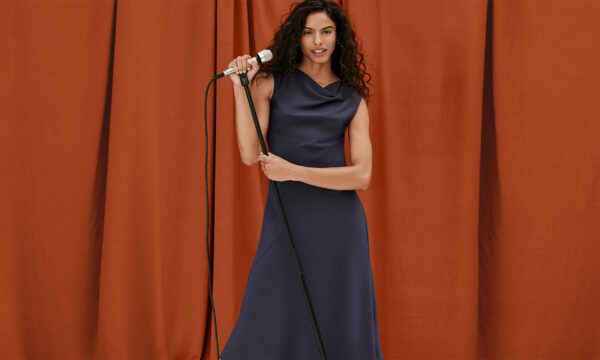
Shop This Look
The Number One Cause of Overpacking—and How to Avoid It
Step-by-step advice from the woman who literally wrote the book on packing.
Want more M Dash?
Sign up for our weekly newsletter.
Thank you!
What is a power piece? Your power pieces are as original as you are, and they reflect your personal style. They’re your go-tos. Some people feel that the old standbys or neutral power pieces are best for everyone, but they are not. We all have our own power pieces. Some of us always wear pants, while others love dresses. I personally feel most myself in classics: black cigarette pants, a sharp white blouse, a navy blazer. But I have a client who loves bright colors—and everything in her closet reflects her explosive personality. Her “neutrals” are Kelly green, marigold, and fuchsia. She would feel uncomfortable in my neutrals, and I in hers.
The point is, you should feel at home when you are away and be at ease. What do you wear most frequently? What are you drawn to? What can you not live without? What features seamlessly flow through your whole wardrobe? Those are your power pieces. Maybe it’s a chambray button-down or a chunky sweater jacket. Maybe it’s a sturdy pencil skirt. Whatever your personal power pieces, here are some criteria for identifying them for travel.

Bottoms
• You wear them more than any other bottom.
• They will not stretch after two wears.
• They are in your personal primary neutral color (usually navy, black, brown, or denim).
• They can accommodate any post-flight bloat or trip overindulgence.
• You don’t need to look into your closet to think about them.

Tops
• Their style complements the bottoms you’re packing. My rule of thumb is a loose shirt for fitted bottoms and a fitted shirt for loose bottoms.
• They won’t pill or shed on your clothing.
• They are in colors and prints that speak to you.
• They’re not fussy or delicate.
• They look good on you 100% of the time.

Dresses & Jumpsuits
• They are appropriate and respectful for where they’re being worn. Examine the neckline, hemline, and how tightly the dress fits to make sure it suits the setting.
• They are always flattering. Traveling can add a pound or two to your frame. Pick dresses that make you look your best even on your worst days.

Outerwear
• It meets the low end of the weather forecast (including wind chill or humidity) and any inclement weather predicted.
• It complements the other clothing you’ve selected.
How to Get the Most from Every Power Piece
Now that you know what your power pieces are, you can start using them to the full extent of their, well, power. This is where you begin the mental shift toward becoming a power packer. Instead of thinking about your clothes in terms of single outfits, reimagine your suitcase as a compact bundle of HUIs (High Usage Items). That means mixing and matching. Laying out complete outfits — as most do — is the number one cause of overpacking. If you’re thinking of separate outfits, you’re automatically packing more pieces than you actually need, because you’re most likely not going to wear them more than once.
As you mentally catalog your power pieces, imagine how you would wear them as many times as you can. Don’t freak out, though. Consider how you usually wear them; traveling doesn’t have to change that… If you can’t think of five ways to wear a blazer, does that mean it can’t come with you? Not necessarily. These are goals, and it obviously depends on the itinerary of your trip. But the bottom line is this: The bulk of the clothing in your suitcase should be highly wearable and hardworking.
Reprinted from How to Pack. Copyright © 2017 by Hitha Palepu. Published by Clarkson Potter/Publishers, an imprint of Penguin Random House, LLC.










